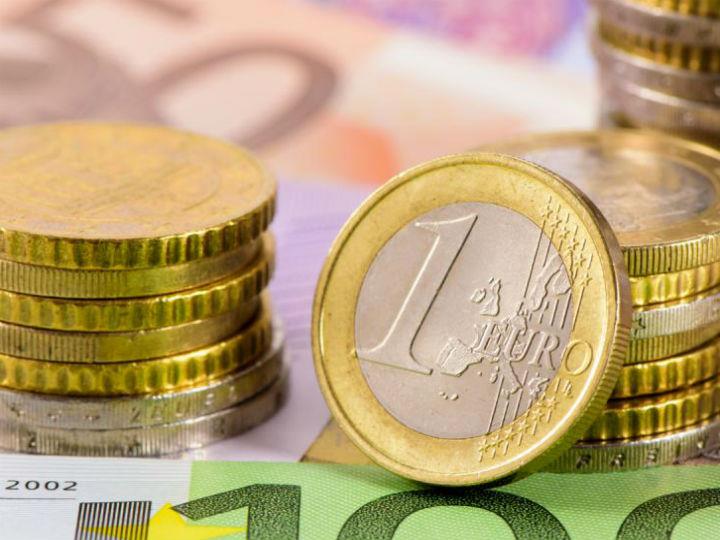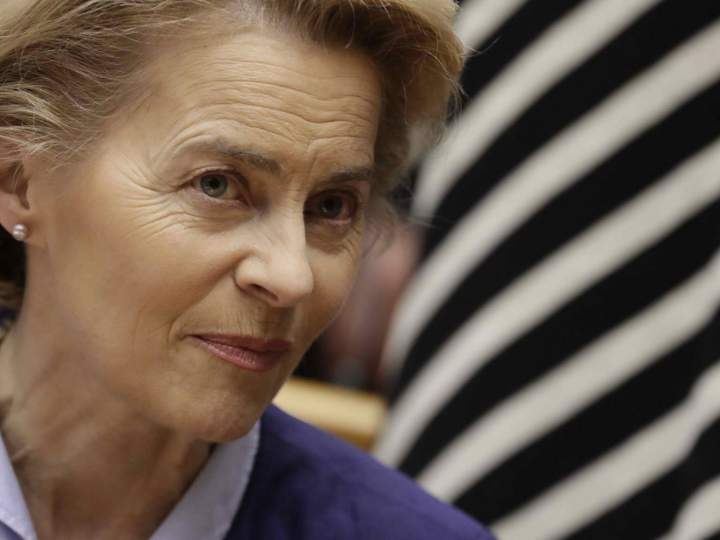by Klaus Regling*
Let me explain why I think a stronger role for the euro is not only good for Europe, but also for the wider world, and what’s needed to make it a reality.
The international monetary system could function better if it relied less on only one currency. At present, the dominant currency is clearly the U.S. dollar. This implies that U.S. monetary policy and exchange rate fluctuations of the U.S. dollar also have an impact on other economies, particularly emerging markets.
Monetary policy decisions of the Federal Reserve are – by law – based on economic developments in the United States but also affect the rest of the world. The impact on capital flows to and from emerging markets is often particularly large. Valuation effects on foreign debt denominated in one major currency can be devastating.
Having more than one leading currency would make the world economy less vulnerable to shocks linked to one specific currency.
The goal is not to replace the dollar, but rather to aim for a multi-polar system, in which several currencies have a comparable role, including the dollar, euro, and China’s renminbi.
So how does the euro measure as an international currency today?
The euro is a strong second
Since the start of European Monetary Union (EMU), the young euro currency has been a strong second to the dollar. The relative influence of the euro dropped somewhat during the financial crisis a decade ago, but since then is again gaining ground.
In terms of real economic transactions, around 40% of global trade is invoiced in euros, broadly on par with the dollar. Over 30% of global payments are made in euros, while the dollar accounts for more than 40% of payments, according to SWIFT data. Sixty countries outside the European Union have pegged their currencies to the euro, in addition to EU members Denmark, Bulgaria and Croatia.
As Claudio Borio, head of the Monetary and Economic Department at the Bank for International Settlements (BIS), put it last year in his speech: “[…] the euro’s heft has actually grown in recent years. I shall highlight three aspects: the euro’s influence on global bond markets; its influence on exchange rates globally; and its influence on the effective pricing of commodities, regardless of the currency in which their prices are actually denominated.” One aspect Borio developed was evidence that movements in German bund yields exert a more symmetrical effect on movements in U.S. Treasuries than in the past.
But challenges remain. The euro has a lot of catching up to do in the following areas: only 20% of foreign currency reserves are held in euros (62% in U.S. dollar), around 25% of international bonds are in euros in (64% in U.S. dollar) and 16% of foreign exchange trading is done in euro (44% in U.S. dollar).
Several initiatives have been taken recently to strengthen the euro.
European Commission President Ursula von der Leyen has instructed Kadri Simson, the Commissioner for Energy, to examine ways to increase the use of the euro in energy markets, so far dominated by the dollar.
Already Rosneft, the biggest Russian oil producer, and liquefied natural gas producer Novatek have switched to euros from dollars for all their export contracts.
The European Commission is also consulting on the increased use of the euro in raw materials and food commodity trading, as well as expanded use of the euro by transport sector manufacturers such as aviation, shipbuilders and railways sectors.
Changes are happening in financial markets too. The European Central Bank (ECB) upgraded its payment system infrastructure, which contributes to market integration and to the depth and liquidity of the euro area securities market. Examples include the launch of the ECB’s securities settlement platform TARGET2-Securities, a new platform for instant payments and the upgrade of the large-value transactions TARGET system. Over time, these systems will offer international market participants easier access to the euro.
What needs to happen next?
For the renminbi to become an important player in the international monetary system, China’s capital account needs to be opened up and the renminbi needs to become convertible.
For the euro area, we need additional steps to deepen Europe’s monetary union, which would make monetary union more robust and less vulnerable. These include the ESM reforms, the completion of banking union with a common deposit insurance scheme, a capital markets union and a fiscal capacity for macroeconomic stabilisation. Ultimately, a euro area safe asset would be a crowning achievement.
Fragmentation in Europe’s financial and capital markets holds back market depth and liquidity, and needs tackling. Europe benefits from a tariff-free single market for goods but the fragmentation in financial markets hampers economic growth, prevents more cross-border risk-sharing, and discourages global investors. Liquid markets reduce transaction costs, making the currency more attractive for international financing and settlement, and are perceived as safer by investors. Without properly functioning, integrated and liquid financial markets, the euro will not be able to take on an enhanced global role.
Overall, the euro area needs more economic risk-sharing. Risk-sharing between countries of the euro area is underdeveloped, compared for instance to the U.S. More cross-border banking in Europe would be one way to increase risk-sharing through the private sector. More integrated capital markets that facilitate cross-border investment flows would be another way. That is why it is so important to complete banking union, and to put the capital markets union in place.
Completing banking union and creating a capital markets union are complex and controversial topics. This is even more the case for a fiscal capacity for macroeconomic stabilisation and euro area safe asset. My colleagues and I will return to these important topics in future blog posts.
However, the high support for our single currency should encourage policy-makers to take the final steps to complete monetary union. According to the latest Eurobarometer 76% among the European citizens support the euro - the highest score since the start of this survey.
*current and first Managing Director of the European Stability Mechanism
**first published in: www.esm.europa.eu




 By: N. Peter Kramer
By: N. Peter Kramer
